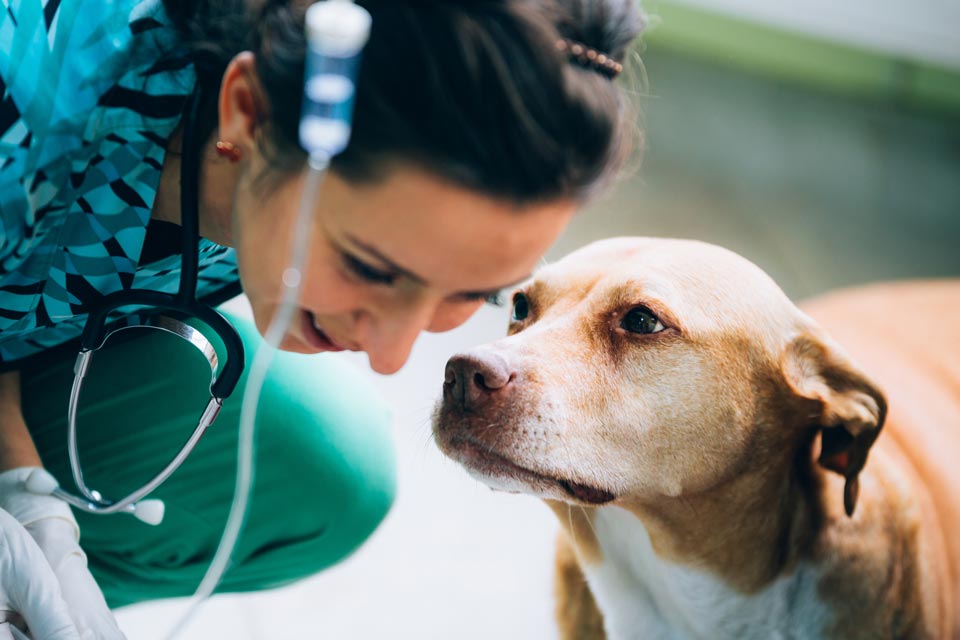Babesiosis in Dogs

Babesiosis is a condition in which a dog becomes infected by a type of parasite (protozoa—Babesia) that infiltrates the red blood cells and causes their destruction. The result is anemia, which can range from mild to severe.
Cause of Babesiosis in Dogs
There are several organisms in the Babesia family, depending on where you live. In the US, the most common is B. cani. It's more prevalent in the southern states.
Babesiosis is spread by infected ticks, and dogs with conditions that negatively affect their immune systems are at higher risk.
Dogs may also be infected, rarely, through bites delivered by other dogs. It's also possible for a mother dog to transfer the parasite through the placenta during pregnancy. Blood transfusions can transmit the infection from one dog to another.
Signs of Babesiosis in Dogs
Signs of babesiosis in dogs are signs of anemia and can include:
- Lethargy
- Absent appetite
- Pale gums
- Fever
- Vomiting
- Brown-colored urine
- Enlarged spleen
- Yellow skin
- Weight loss
- Fast heart and respiratory rates
Sometimes there are no signs of illness, and the condition is then considered subclinical.
DIC, disseminated intravascular coagulation, can occur as a response by the body to babesiosis and is often fatal.
Diagnosis of Babesiosis in Dogs
When a dog is showing signs of anemia, the veterinarian will check a CBC (complete blood count) to verify it. The type of anemia noted will be regenerative, which means the body is trying to create more red blood cells quickly to make up for the ones destroyed.
Other causes of regenerative anemia, including autoimmune hemolytic anemia, will also be on the rule-out list.
The B. cani organism may sometimes be seen on a stained blood smear examined under the microscope. Some newer tests are now available to help diagnose babesiosis. These include a quick ELISA test and a PCR laboratory test that can identify all strains of the protozoa.
Treatment of Babesiosis in Dogs
Dogs in crisis may require hospitalization for blood transfusions and other treatments.
Imidocarb dipropionate is a medication given by injection to clear the organisms from the dog's body. It can sometimes have severe negative side effects.
Clindamycin, an antibiotic, is effective against babesiosis sometimes.
Dogs that survive a bout of babesiosis often become subclinically infected and suffer a relapse later.
You May Also Like These Articles:
Disclaimer: This website is not intended to replace professional consultation, diagnosis, or treatment by a licensed veterinarian. If you require any veterinary related advice, contact your veterinarian promptly. Information at DogHealth.com is exclusively of a general reference nature. Do not disregard veterinary advice or delay treatment as a result of accessing information at this site. Just Answer is an external service not affiliated with DogHealth.com.


